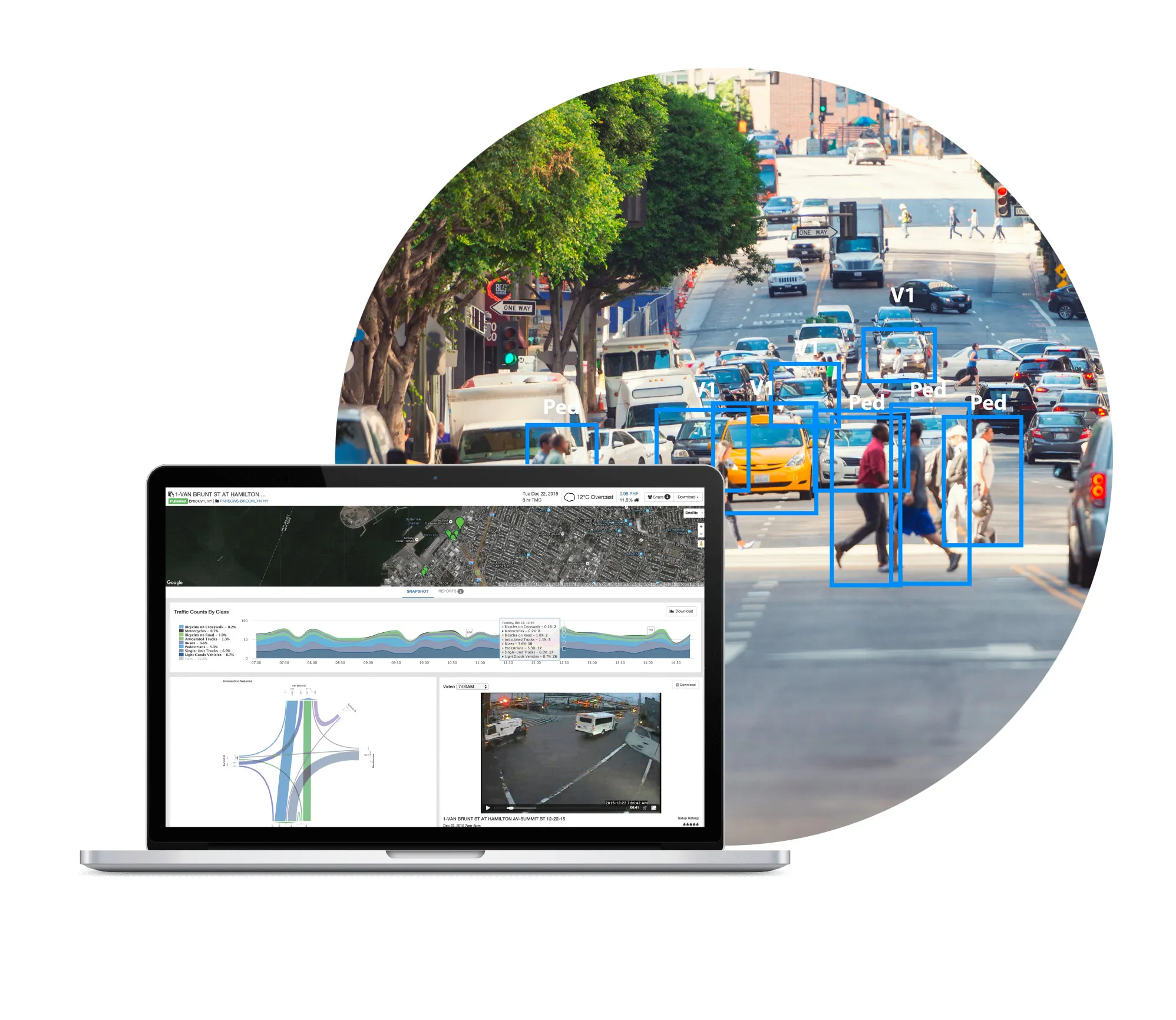
“Our wireless sensing platform has become the technology of choice for vehicle detection and traffic data collection for more than 250 cities globally,” said Mark Biestman, Sensys Networks’ VP Worldwide Field Operations.
“With this expanded agreement, hundreds of additional Econolite customers will now have access to the Sensys Networks platform to enhance the performance of their traffic signals and expand their ITS programs.”
The expanded agreement will provide more of Econolite’s customers with a turnkey integrated in-ground vehicle detection solution. This enables customers, particularly Centracs users, to leverage the enhanced vehicle detection and data collection capabilities of the wireless sensors.
As Econolite Group VP of Sales Mark Nogaki points out, ensuring customers have access to the best technology and product options to enhance their transportation management capabilities is an ongoing priority for Econolite.
“The successful acceptance and sales through our prior collaboration helped drive this expanded agreement,” he said. “Our customers are finding the Sensys Networks wireless sensors to be a higher performing, more cost-effective detection solution compared to other in-ground sensors.”
The Econolite and Sensys Networks agreement provides Econolite sales and distribution rights in the U.S., Canada, Mexico, and most of the Caribbean.









